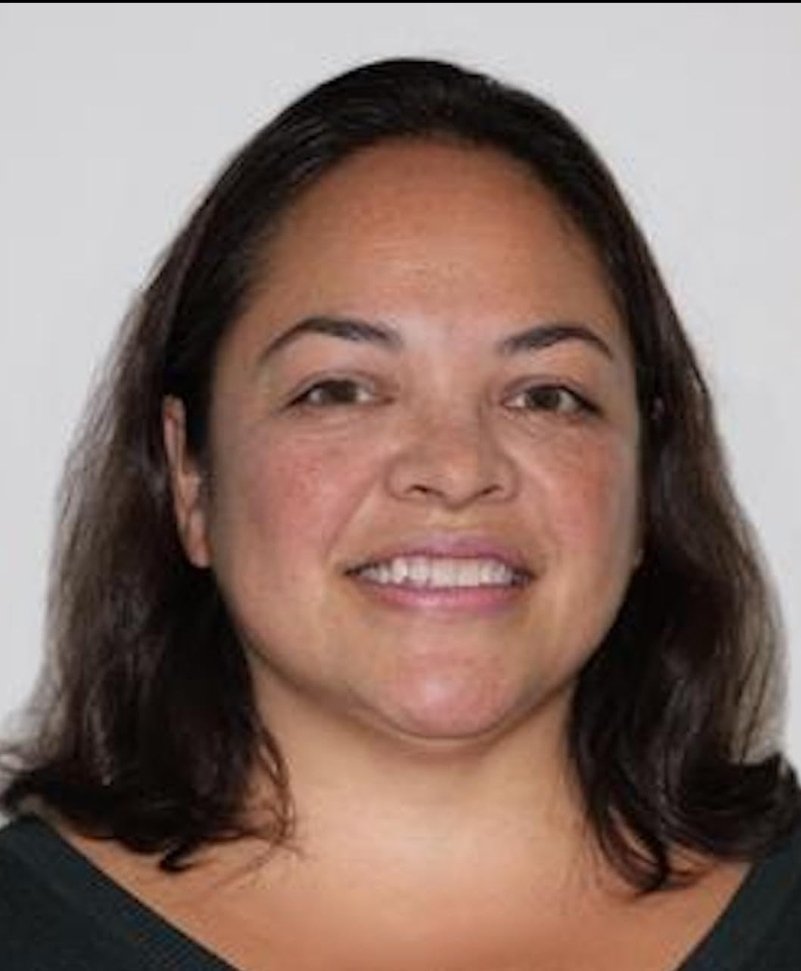By Delia Veve, David Adams, Kiri Soares and Candace Hugee, the Urban Assembly
A month ago, one of the authors was sitting in a US History Classroom in New York City listening to a student discussion based off of the question: “Should rapid industrialization during the time period of 1865 to 1890 be considered a blessing or a curse?” A good question to be sure, and one that prompted deeper thinking on the part of both students and adults in the class. Thinking that we carried across the country to an ed-tech conference where we repeated one student’s response, “So much has changed but school is still very much the same.”
The student was right. Despite vast leaps in technology in the last 100 years, school is very much the same. Students and teachers come to the building five days a week for six hours a day. Students spend the majority of their time on “the core” subjects: English, Math, Social Studies and Science. In classes focused on the transfer of content: literary devices, the standard algorithm for solving a given equation, important historical dates, and facts about our natural world. Technology is integrated into our classrooms, but it has not fundamentally changed the constants of our educational work: the curriculum – what we teach; our pedagogy – how we teach; who we learn with – students and teachers.
The absence of change, in and of itself, is not a negative
In many cases we make changes that do not yield positive results. However, if we are truly preparing the citizens, workers, artists and leaders of the future, then we must consider what skills they are developing and what tools they are learning to use in our schools. Therefore, as educators we must approach our work with a dash of futurism.
Our purpose is not to prepare our students for the world that exists today, but rather to prepare our students for the world that will exist tomorrow. As the rate of technological advances continues to increase exponentially, the ability of educators to think beyond our own experiences becomes a critical feature of our work. Our willingness to distill what has been important to know and be able to do and integrate it with what will be important in the future, will allow us to create learning experiences that better prepare students for their future lives. Experiences that will inevitably incorporate the use of Artificial Intelligence (AI).
AI is the hot topic in every corner of the world
Reception to AI ranges from an energetic embrace, because it is going to revolutionize the way we do everything, to a reflexive rejection, because it is going to replace humans and no one will have to think anymore. Yet, even amongst the earliest adopters and entrepreneurs marketing new AI apps, there is a strong consensus that AI is a tool, not something that is going to replace humans. In fact, AI is only as powerful as the people using it. As educators we must think about how we use this new tool to teach better, so that students’ learning is enhanced and they are better prepared for their future lives.
It’s the nature of education to have mixed reactions to the learning tools that emerge as society advances. In the Phaedrus, Plato, quoting Socrates, writes: “If men learn this [writing], it will implant forgetfulness in their souls; they will cease to exercise memory because they rely on that which is written, calling things to remembrance no longer from within themselves, but by means of external marks.” However, just as writing became a staple of literacy and education, AI can be a catalyst to extend our understanding of ourselves and the world around us.
So a new essential question came to the authors: “What kind of innovations do we need to mobilize to ensure that 100 years from now there is substantial evidence to support the argument that educators’ use of AI was a blessing?” At the Urban Assembly, we intend to find out.
Urban Assembly schools recognize that all learning is social and that the development of social emotional competencies is fundamental to success in college, career, and community. Our mission is to advance students’ economic and social mobility by improving public education. Our schools represent our design principles of high quality academics, post-secondary success, and social emotional development. Social-emotional competencies are more closely aligned to the skills identified as critical to success in the workforce than historical standards focused on content knowledge. This suggests that we must reconsider the skills, standards and goals of our work as educators. Which means reconsidering what (the curriculum) and how (the pedagogy) we teach as well as our relationships with who we teach (the students).
In 2023, we need not replicate Plato’s skepticisms about new technologies. AI provides an opportunity for us to engage in inquiry about the learning that really matters and how we should teach it. We should consider how “shallow learning” (formulas, vocabulary, dates, events) can be made more efficient through the use of AI and in doing so create more time for “deeper learning” (concepts, principles, analysis, interpretation). For example, retrieval practice is a well researched strategy for building essential knowledge. There are numerous apps and programs that are designed to support retrieval practice and in fact may do so better than a teacher. By making use of these technologies, teachers can free up their time inside and outside of the classroom to focus on deeper learning.
AI will change education, but educators retain the power to influence the trajectory of that change
That change needs to be towards deeper learning. Jal Mehta and Lisa Fine report in their book In Search of Deeper Learning, that too often classrooms are characterized by teachers “telling” students the content which they attribute to the, “extreme volume of content that teachers are expected to cover by virtue of mandated grade-level standards.” This leads many teachers to default to a transmission model of learning, where the focus is on coverage rather than deeper learning.
The world we are preparing our students for will value deeper learning, but deeper learning cannot be facilitated within a transmission model of learning. It is instead cultivated through models of learning where learners are working to solve problems, draw connections, and develop processes for responding to novel situations. To do this, teachers need to reimagine what they and their students spend their time doing. AI cannot do the work of teachers, but it can certainly be used as a tool to make the shifts necessary to support deeper learning. Like Mehta and Fine, Jay McTighe and Harvey F. Silver identify the two challenges to deeper learning as being: “too much content” and “too much telling.” To avoid these pitfalls they suggest that teachers focus on the “big ideas” within the content and active meaning making by learners. These shifts are not easy, but AI can be a tool that teachers harness to maximize high quality learning experiences. Here at the UA, we intend to figure out how to make this work.
McTighe and Silver’s shifts require that teachers adjust both their curriculum and their pedagogy, which cannot be done in isolation. We know that students’ deeper learning is best facilitated in collaboration, this is also true for teachers. However, time is the resource in greatest demand and time that teachers spend collaborating with peers and with instructional coaches is time that is taken away from work with students. This is where AI can be used as a tool. By leveraging AI to make adaptations to curriculum and pedagogy, teachers can make their planning more efficient and in doing so, free up time to create deeper learning experiences for students.
One of the powers of AI and specifically tools like ChatGPT and Google’s Bard is the capacity to quickly generate examples. As teachers are planning, they can use AI to:
- Generate essential questions and big ideas for a topic
- Generate learning objectives linked to standards
- Generate questions about a given topic or text
- Generate possible student misconceptions
- Generate sample responses to a given task, prompt or question
Leaving teacher planning time to be used for the deeper thinking tasks of selecting the best examples, refining those examples to best fit the needs of their students, and identifying connections between the content that students are learning and the social-emotional competencies that students need for success beyond school–the kind of work that cannot be done by AI.
As teachers begin to work with AI as a tool, they will begin to see the possibilities for students to use it as a tool as well. Rather than viewing AI as a shortcut that circumvents thinking, the UA is intent on figuring out how AI can be used to deepen thinking and learning for both students and teachers. When that happens, more questions will be asked in classrooms that create the kind of discussion that inspired us to ask “What kind of innovations do we need to mobilize to ensure that 100 years from now there is substantial evidence to support the argument that educators’ use of AI was a blessing?”
At the Urban Assembly, we intend to find out.
Learn more about the Urban Assembly here
  
|
David Adams is the Chief Executive Officer of the Urban Assembly. He started with the UA in 2014 as the Director of Social-Emotional Learning, where he created the Resilient Scholars Program (RSP), a unique approach to integrating SEL into curriculum and classroom practices across the UA network. RSP has grown into a national program, serving schools and districts in Los Angeles, Houston, Syracuse, and other cities. As the Senior Director of Strategy, David led the expansion of the organization into a model provider of school support, with an emphasis on innovation and equity in public education. In 2022, David was named one of Crain’s 40 Under 40 honorees and in 2021 he received the Champion of Equity Award from the American Consortium for Equity in Education. David sits on the board of CASEL and is an author of The Educator’s Practical Guide to Emotional Intelligence, and a co-author of the textbook Challenges to Integrating Diversity, Equity, and Inclusion Programs in Organizations. He is a Civil Affairs Officer in the Army Reserve and holds an M.Ed in Educational Psychology from Fordham University. Learn more at urbanassembly.org
- David Adamshttps://ace-ed.org/author/dadams/February 4, 2022
- David Adamshttps://ace-ed.org/author/dadams/






